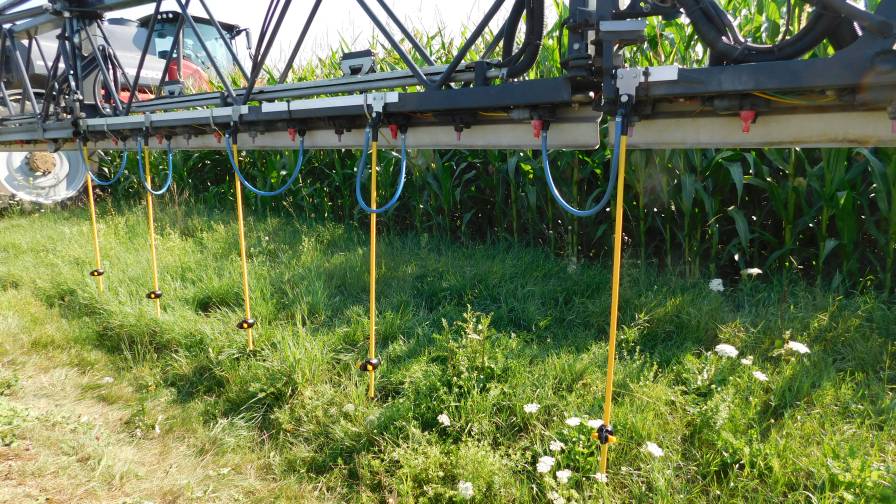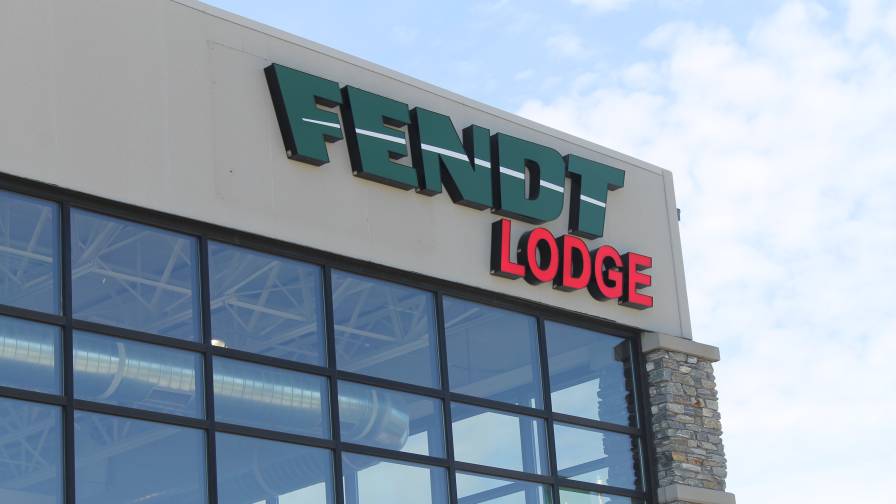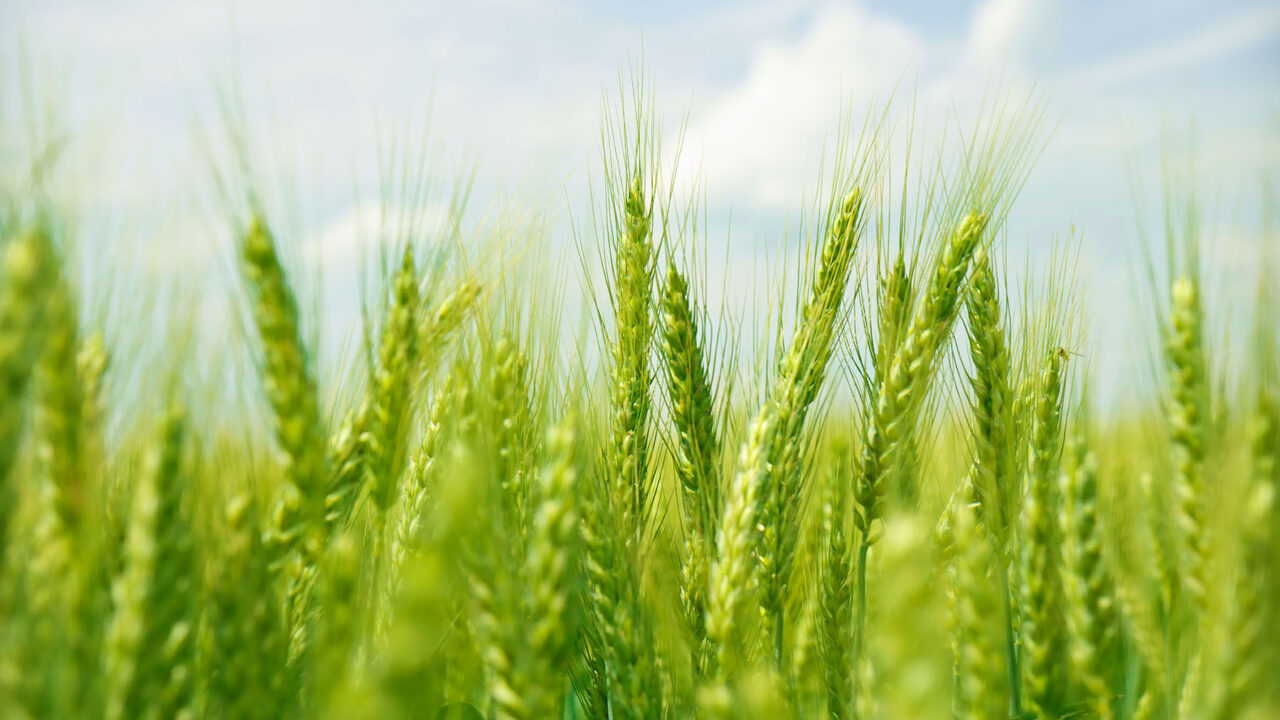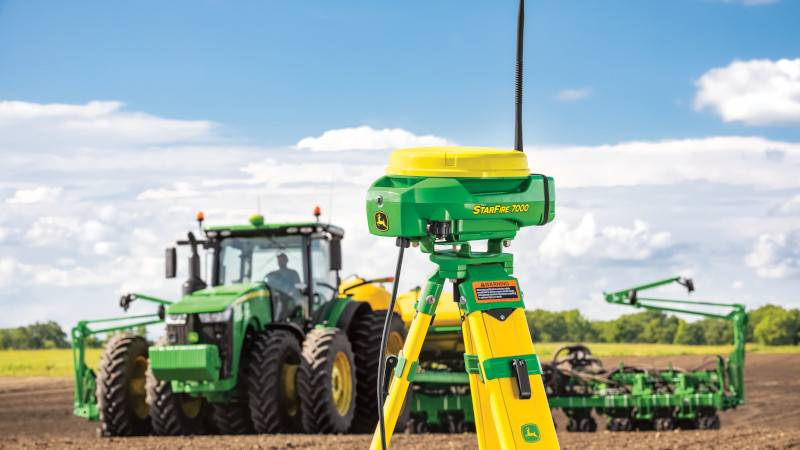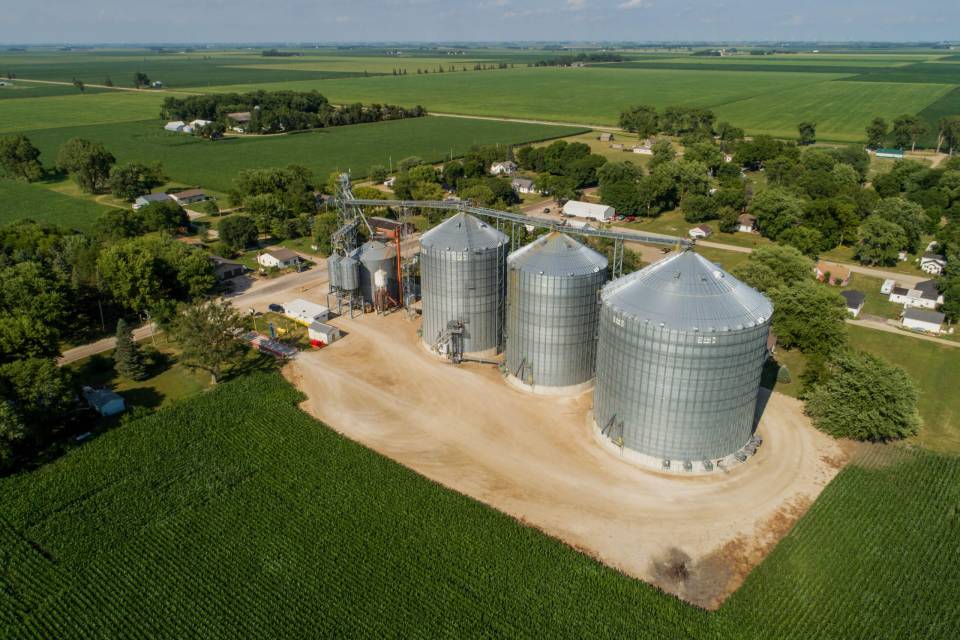‘The Great Reset’ in Global Agriculture: 9 Black Swan Events to Watch in 2024
At this time a year ago, we gave a prediction for 2023’s “black swans” – unpredictable or unforeseen events with extreme consequences, write Bob Trogele and James Sulecki at CropLife’s sister publication, AgriBusiness Global. Most of these events have come to pass and, as Trogele noted in a follow-up discussion at this past summer’s AgriBusiness Global Trade Summit on 8-9 August in Aventura, Fla., many have continued to menace the global crop inputs industry.
What black swan events are coming into focus as we head into 2024 and beyond? And what can we do now to prepare?
Let’s put an overarching name to these events and call it “the Great Reset.” Arguably decades have passed since this much tumult has shaken global agriculture. The 1970s and 1980s may be the closest corollary to today’s times. Then as now, inflation beset economies around the world and geopolitical uncertainty roiled the globe. The agroindustry that nearly all of us have come to know and in which we’ve spent our careers were shaped and reshaped in no small part by events of that time. Similarly the events of these years of the early and mid-2020s may come to reset global agriculture for years and decades to come.
There’s a saying that to be forewarned is to be forearmed. In that spirit, here are our nine Black Swans for 2024 and beyond – ordered by priority and the urgency with which they should be monitored.
Black Swan 1: Agroindustry Stagflation
Most demand for crop inputs globally in 2023 was expected to shrink 10%-30% depending on the region and segment. At the same time, expenses – some fixed such as wages, and some variable such as energy – have risen. This is a rare “double whammy” that is putting pressure on margins and also stock valuations across all ag input supplier segments. Expect companies in reaction to further curtail operational expenses in 2024 while also making structural changes, meaning downsizing staff and reducing capital investments.
Key question: How long will this last? Much will be answered by a follow-up question: which segment? For example, in nonselective herbicides the major factors would be the country where exposure most exists (i.e., Brazil) and the current channel inventory situation for any individual company’s portfolio there.
Read more at AgriBusiness Global.
